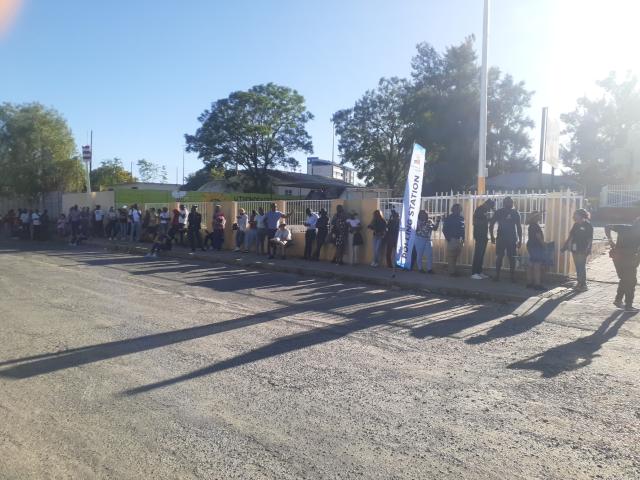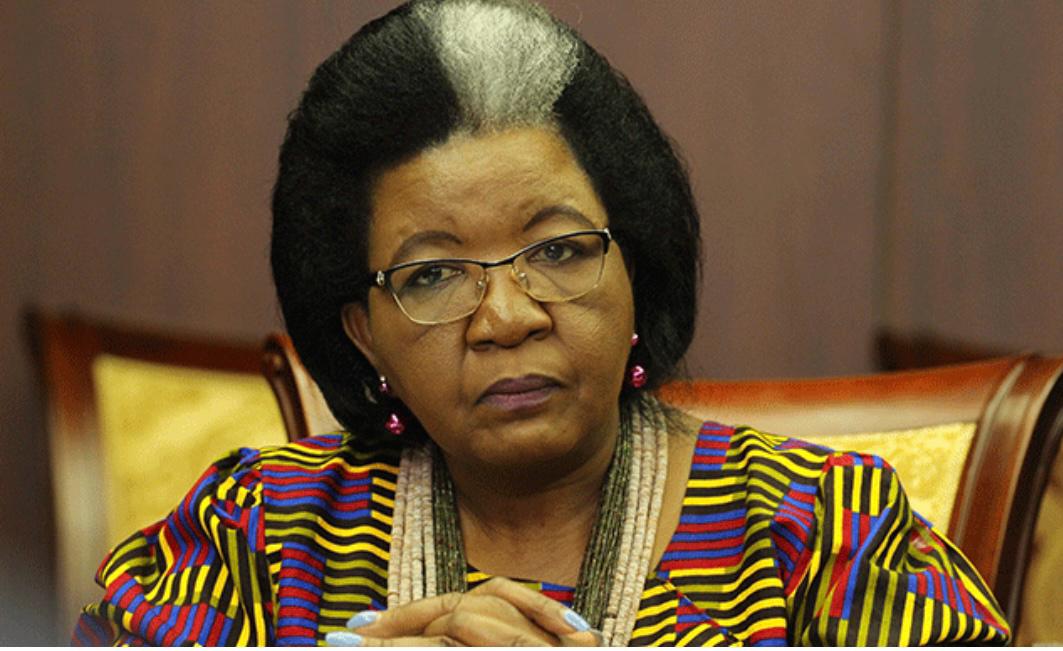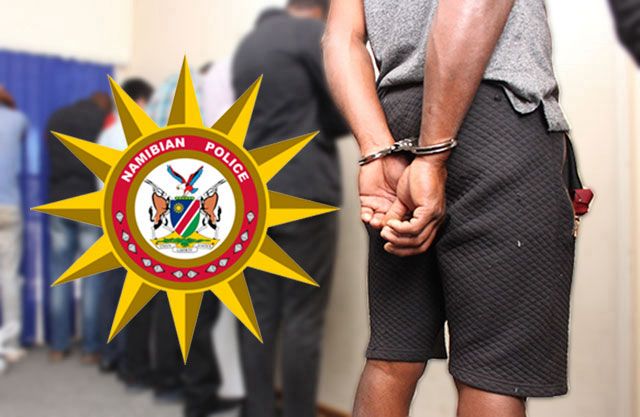TRIPOLI – During nearly 42 years in power in Libya, Muammar Gaddafi was one of the world’s most eccentric dictators, so mercurial that he was both condemned and courted by the West, while he brutally warped his country with his idiosyncratic vision of autocratic rule until he was finally toppled by his own people.
The modern Arab world’s longest-ruling figure, Libya’s ‘Brother Leader’ displayed striking contrasts. He was a sponsor of terrorism whose regime was blamed for blowing up two passenger jets, who then helped the US in the war on terror. He was an Arab nationalist who mocked Arab rulers. In the crowning paradox, he preached a ‘revolutionary’ utopia of people power but ran a one-man dictatorship that fuelled the revolution against him.His death yesterday at age 69 – confirmed by Prime Minister Mahmoud Jibril – came as Libyan fighters defeated Gaddafi’s last holdouts in his hometown of Sirte, the last major site of resistance in the country.Their final declaration of victory came weeks after Gaddafi was swept from power by rebels who drove triumphantly into the capital of Tripoli on August 21, capping a six-month civil war.’Dance, sing and fight!’ Gaddafi had exhorted his followers even as his enemies were on the capital’s doorstep before fleeing into Libya’s hinterlands where his die-hard backers had continued to battle the rebels-turned-rulers.Gaddafi leaves behind an oil-rich nation of 6,5 million traumatised by a rule that drained it of institutions while the ship of state was directed by the whims of one man and his family. Notorious for his extravagant outfits – ranging from white suits and sunglasses to military uniforms with frilled epaulets to brilliantly coloured robes decorated with the map of Africa – he styled himself as a combination of Bedouin chief and philosopher king.He revelled in infuriating leaders, whether in the West or the Middle East. US President Ronald Reagan, after the 1986 bombing that killed US servicemen in Berlin was blamed on Libya, branded him a ‘mad dog’. Former Egyptian President Anwar Sadat, who fought a border war with Libya in the 1970s, wrote in his diary that Gaddafi was ‘mentally sick’ and ‘needs treatment’.Behind the flamboyance and showmanship, associates say Gadeafi was meticulous in managing the levers of power. He intervened in decisions large and small and constantly met personally with tribal leaders and military officers whose support he maintained through lucrative posts.The sole constant was his grip on the country. Numerous coup and assassination attempts against him over the years mostly ended with public executions of the plotters, hanged in city squares.The ultimate secret of his longevity lay in the vast oil reserves under his North African desert nation and in his capacity for drastic changes of course when necessary.The most spectacular U-turn came in late 2003. After years of denial, Libya acknowledged responsibility – though in a Gaddafi-esque twist of logic, not guilt – for the 1988 bombing of Pan Am Flight 103 over Lockerbie, Scotland, that killed 270 people. He agreed to pay up to US$10 million to relatives of each victim.He also announced that Libya would dismantle its nuclear, chemical and biological weapons programmes under international supervision.The rewards came fast. Within months, the US lifted economic sanctions and resumed diplomatic ties. The European Union hosted Gaddafi in Brussels. Secretary of State Condoleezza Rice in 2008 became the highest-ranking US official to visit the country in more than 50 years. Tony Blair, as British prime minister, visited him in Tripoli.International oil companies rushed to invest in Libya’s fields. Documents uncovered after Gaddafi’s fall revealed close cooperation between his intelligence services and the CIA in pursuing terror suspects after the 9/11 attacks, even before the US lifted its designation of Libya as a sponsor of terror in 2006.Still, Gaddafi’s renegade ways did not change. After Swiss police had the temerity to briefly arrest his son Hannibal for allegedly beating up two servants in a Geneva luxury hotel in 2008, Gaddafi’s regime arrested two Swiss nationals and raked Switzerland over the coals, extracting an apology and compensation before finally releasing the men nearly two years later. European countries, eagerly building economic ties with Libya, did little to back up Switzerland in the dispute.But Gaddafi became an instant pariah once more when he began a brutal crackdown on the February uprising in his country that grew out of the ‘Arab Spring’ of popular revolts across the region. The UN authorised a no-fly zone for Libya in March, and Nato launched a campaign of airstrikes against his military forces.’I am a fighter, a revolutionary from tents. … I will die as a martyr at the end,’ he proclaimed in one of his last televised speeches during the uprising, pounding the lectern near a sculpture of a golden fist crushing a US warplane.Gaddafi was born in 1942 in the central Libyan desert near Sirte, the son of a Bedouin father who was once jailed for opposing Libya’s Italian colonialists. The young Gaddafi seemed to inherit that rebellious nature, being expelled from high school for leading a demonstration, and disciplined while in the army for organising revolutionary cells.In 1969, as a mere 27-year-old captain, he emerged as leader of a group of officers who overthrew the monarchy of King Idris. A handsome, dashing figure in uniform and sunglasses, Gaddafi took undisputed power and became a symbol of anti-Western defiance in a Third World recently liberated from its European colonial rulers.During the 1970s, Gaddafi proceeded to transform the nation.In 1975 he published the ‘Green Book,’ his political manifesto that laid out what he called the ‘Third International Theory’ of government and society. He declared Libya to be a ‘Jamahiriya’ – an Arabic neologism he created meaning roughly ‘republic of the masses.’Everyone rules, it declared, calling representative democracy a form of tyranny, and Libyans were organised into ‘people’s committees’ that went all the way up to a ‘People’s Congress,’ a sort of parliament.In the end, rule by all meant rule by none except Gaddafi, who elevated himself to colonel and declared himself ‘Brother Leader’.’He aspired to create an ideal state,’ said North African analyst Saad Djebbar of Cambridge University. ‘He ended up without any components of a normal state. The ‘people’s power’ was the most useless system in the world.’On state trips, he would insist on setting up a tent to stay in. He sported a personal escort of female guards – which he once explained by saying: ‘There are no men in the Arab world.’A 2009 US diplomatic cable released by the website WikiLeaks spoke of Gadhafi’s intense dislike of staying on upper floors of buildings, aversion to flying over water, and taste for horse racing and flamenco dancing.’At night, Muammar dreams; by day, he implements,’ Libyans would say, referring to the bizarre rules Gaddafi would randomly impose on the country, like demanding all storefront doors be painted green, the signature colour of his regime. Or like complaining that Libyans were going abroad for medical treatment and deciding it was because of a lack of Libyan doctors – so he ordered Tripoli’s main medical school to take 2 000 new students regardless of qualifications, well beyond its 150-student capacity.In the past decade, power was increasingly concentrated with his eight biological children, who snapped up elite military posts or lucrative business positions. His British-educated son Seif al-Islam was widely seen as being groomed as a successor. There was no immediate word on his fate yesterday. – Nampa-AP
Stay informed with The Namibian – your source for credible journalism. Get in-depth reporting and opinions for
only N$85 a month. Invest in journalism, invest in democracy –
Subscribe Now!








